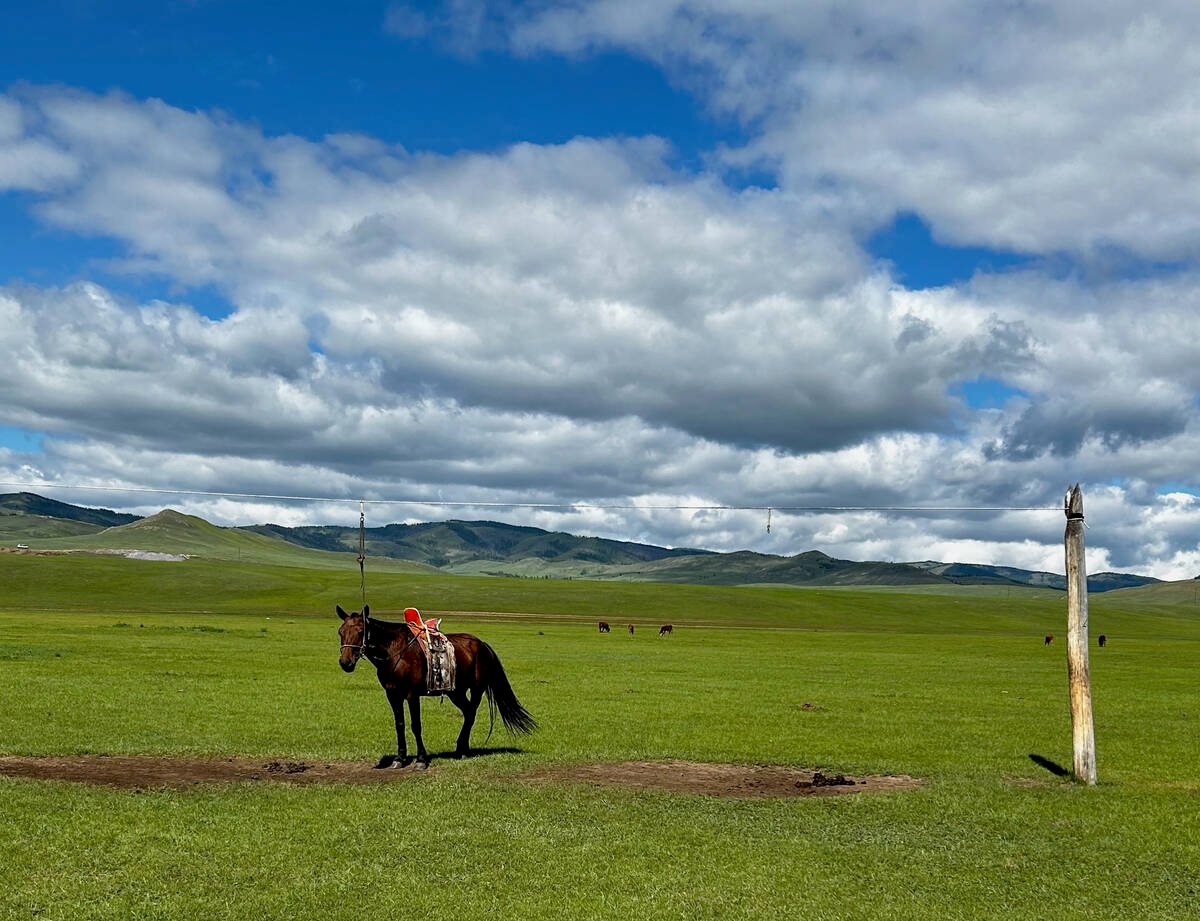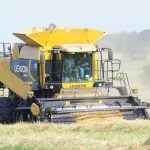A new method for identifying grain varieties could be a boon to domestic users of lower quality wheat, says the president of Keystone Agricultural Producers.
After attending a focus group discussion on the proposed variety eligibility declaration system, Weldon Newton said it’s time more attention was paid to potential new markets for prairie grains.
“In the past, the total system has been dictated by the needs of the export industry,” he said in an interview following the Feb. 12 meeting in Oak Bluff, Man., sponsored by the Canadian Grain Commission.
Read Also

University of Saskatchewan experts helping ‘herders’ in Mongolia
The Canadian government and the University of Saskatchewan are part of a $10 million project trying to help Mongolian farmers modernize their practices.
“I think we now need to look at how we can balance that more with the needs of the domestic industry. There are opportunities out there and their requirements are distinctly different than the high quality export market.”
For example, the livestock industry and the ethanol industry would both benefit from the development of lower quality, higher yielding varieties of wheat.
But the current system, which requires new varieties to be visually distinguishable as belonging to a certain class of wheat, makes it difficult to develop such varieties.
“We need a system that will allow that to occur without unduly jeopardizing the quality of the export system,” said Newton.
The focus group meetings last week in Oak Bluff and Brandon were the first of six to which the grain commission has invited a cross-section of industry officials, including farmers, grain companies, plant breeders and academics.
Two more meetings are being held this week in Calgary and Edmonton, with the final two slated for Saskatchewan next week.
The commission has also scheduled two or three dozen meetings with individuals and organizations, and is accepting written submissions from any interested parties.
Under a VED system, farmers would have to declare that the grain they are delivering is included on a list of eligible varieties published by the grain commission.
Every time the grain changed hands between the elevator and the export vessel, a similar declaration would have to be made by the individual or company handling the grain.
The system is seen as a bridge between the existing visual identification system and the introduction of technology that will automatically identify varieties at time of delivery.
Paul Graham, information officer with the CGC, said the six focus group sessions are not designed to develop consensus on the VED proposal, but rather to give people a chance to “brainstorm” on the subject.
“It’s really to identify potential issues, potential benefits, potential problems and potential solutions.”
But he said there seemed to be a generally positive response among the 20 or so participants at each meeting.
“I didn’t hear anybody say this was a bad idea,” Graham said. “What I did hear was questions about how it would work or how it could be made to work, and I sensed that people had pretty open minds.”
The commission has put out a discussion paper on the VED proposal asking for comments by March 31.
Some major issues include enforcement and penalties for non-compliance and who pays the costs.
The commission has said it would like to begin phasing in some sort of VED system as of Aug. 1, 2004, but Graham said that doesn’t mean final decisions have been made.
“This is a consultation where anything could happen,” he said. “There isn’t a final blueprint for this. It can work itself out in many different ways.”














